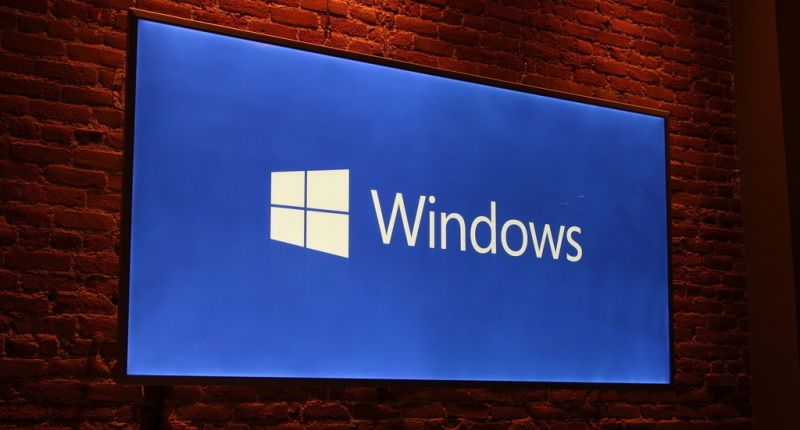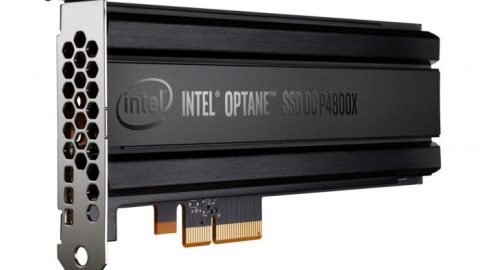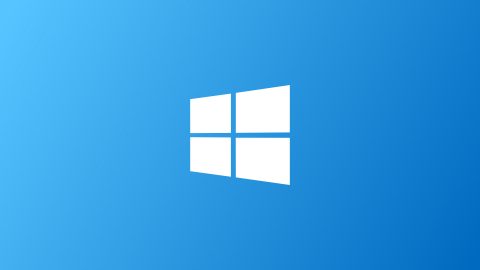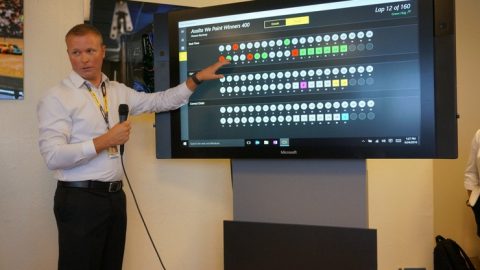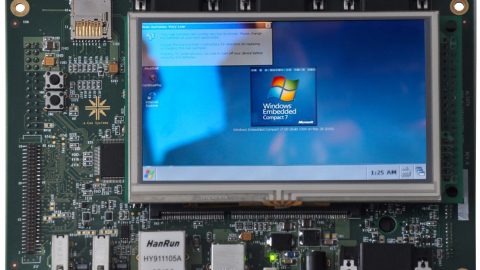FAQ: How to skip a Windows 10 upgrade
Enterprises can blow by an upgrade … if they’re willing to hotfoot it to the next version
Enterprises that try to slow down Microsoft’s upgrade train by skipping one of the twice-yearly Windows 10 refreshes will have to hustle to stay in support, according to the company’s latest scheduling disclosures.
Corporate users of Windows 10 may have as little as two months to deploy a feature upgrade after passing on the one prior. Only if IT administrators are willing to roll out a consumer-quality version — one that Microsoft has not yet given the approved-for-business green light — will they have up to six months to upgrade employees’ PCs.
Those limitations come from Microsoft’s latest pledge to support any given Windows 10 feature upgrade for 18 months, and the company’s long-standing timeline on how it moves each upgrade from development to release, first to consumers and then to commercial customers.
To illustrate how Microsoft’s scheduling affects businesses — which must, sooner or later, adopt Windows 10 — we’ve illustrated Windows’ software-as-a-service calendar and the options enterprises have.
Feature upgrade timetable. Each feature upgrade goes through a several-step process that, in turn, generates the 18 months that Microsoft has promised to support with security patches and other bug fixes.
Each upgrade is numbered in Microsoft’s yymm format; 1703, for example. Once an upgrade is completed, Microsoft issues it to devices assigned to the Current Branch (CB), the release track adopted by virtually all consumer PCs. Over the next four months (shown in blue in the following figure), Microsoft feeds the upgrade to an increasing number of CB devices, monitors telemetry and feedback, and then quashes the inevitable bugs that users uncover. Think of CB as the upgrade’s shake-down cruise, taken before the real paying customers arrive.
 Gregg Keizer/ IDGE
Gregg Keizer/ IDGEOnly after a feature upgrade has run the consumers’ testing gauntlet does Microsoft certify it as business-ready. After four months on the CB, the theoretically-more-stable-and-more-reliable build is released to the Current Branch for Business (CBB), the most popular track for enterprise PCs. Yellow marks the CBB in Figure 1 above.
Microsoft supports just two upgrades on the CBB concurrently. This part of Windows 10’s support is important in understanding how the whole schedule plays out.
If N equals the current upgrade, say, 1703, then Microsoft will support N+1 (this year’s September release, labeled 1709) as well when the two are simultaneously on the CBB. That 12-month span would be February 2018, when 1709 reaches the CBB, through July 2018, when N+2, or next year’s March upgrade (1803) is promoted to the CBB.
 Gregg Keizer/ IDGE
Gregg Keizer/ IDGEBut Microsoft does not suddenly drop N, or 1703, from support as soon as N+2 makes the CBB. Instead, the company starts a 60-day-or-so countdown. Only at the end of those 60 days does it scratch N from the support list. N+1 then becomes N and N+2 morphs into N+1.
See Figure 2 for how this works; the 60-day grace period is in green.
That means for the months of August and September 2018, Microsoft will support 1703, 1709 and 1803.
Not surprisingly, the combination of Microsoft’s every-six-month upgrade delivery cadence, the four months an upgrade spends on CB, and the two-month grace period at the end all generate a support lifecycle of 18 months. Yes, Microsoft planned it that way.
Endless upgrading. Because of the timing of Windows 10 feature refreshes, businesses that adopt each will be upgrading every six months, assuming they deploy the builds at the same point in their CBB timelines.
 Gregg Keizer/ IDGE
Gregg Keizer/ IDGEIf the organization rolls out each upgrade at the beginning of the CBB, the tick-tock is a regular tempo. The company would deploy 1703 in August 2017, 1709 in February 2018, and 1803 in August 2018.
Figure 3 illustrates the cadence, with the red arrows showing the jumps from one build to the next.
There is some flexibility. Enterprises can increase the interval between upgrades, providing some flexibility; but there’s a limit to how far things will stretch and how long a refresh can be put off. In many ways, it’s a rob-Peter-to-pay-Paul deal.
For example, an organization that adopted 1703 as soon as it landed on the CBB (August) could stay on that version for 10 months by delaying the move to 1709 until early June 2018. But because of 1709’s hard support stop (coming in March 2019), the enterprise would be on 1709 for just seven months if it wanted to give itself, say, three months to upgrade to 1803.
Check out Figure 4 for how this would work.
 Gregg Keizer/ IDGE
Gregg Keizer/ IDGEThe maximum amount of time between upgrades — without skipping one — would be 14 months, but only by migrating at the last minute, as the grace period expires. However, that would leave just 6 months on the next version before another upgrade.
Rule of thumb: Assuming no version is skipped, the total length of support for two consecutive builds can be no more than 20 months. Extend support for the first, and support for the second shrinks.
Hustle-bustle to skip an upgrade. Organizations can skip a Windows 10 feature upgrade, but the price will be steep.
Microsoft’s schedule will give companies just two months — the grace period of the version upgrading from — to migrate. Figure 5 shows the small window, no pun intended, if the version being upgraded to, in this case 1803, has been certified as business-ready and thus planted on the CBB.
 Gregg Keizer/ IDGE
Gregg Keizer/ IDGEThe only way to expand that window would be to begin upgrading while 1803 was still being tested by consumer guinea pigs, still on the CB. Backing the migration into the half-way point of the CB, for instance, would give the organization about four months to finish the upgrade from 1703 to 1803.
Depending on when the company starts an upgrade, its PCs will remain on a version for 12 to 14 months.
By Gregg Keizer, source by ComputerWorld
Visit ICT Hardware website to get more info about Microsoft Products

